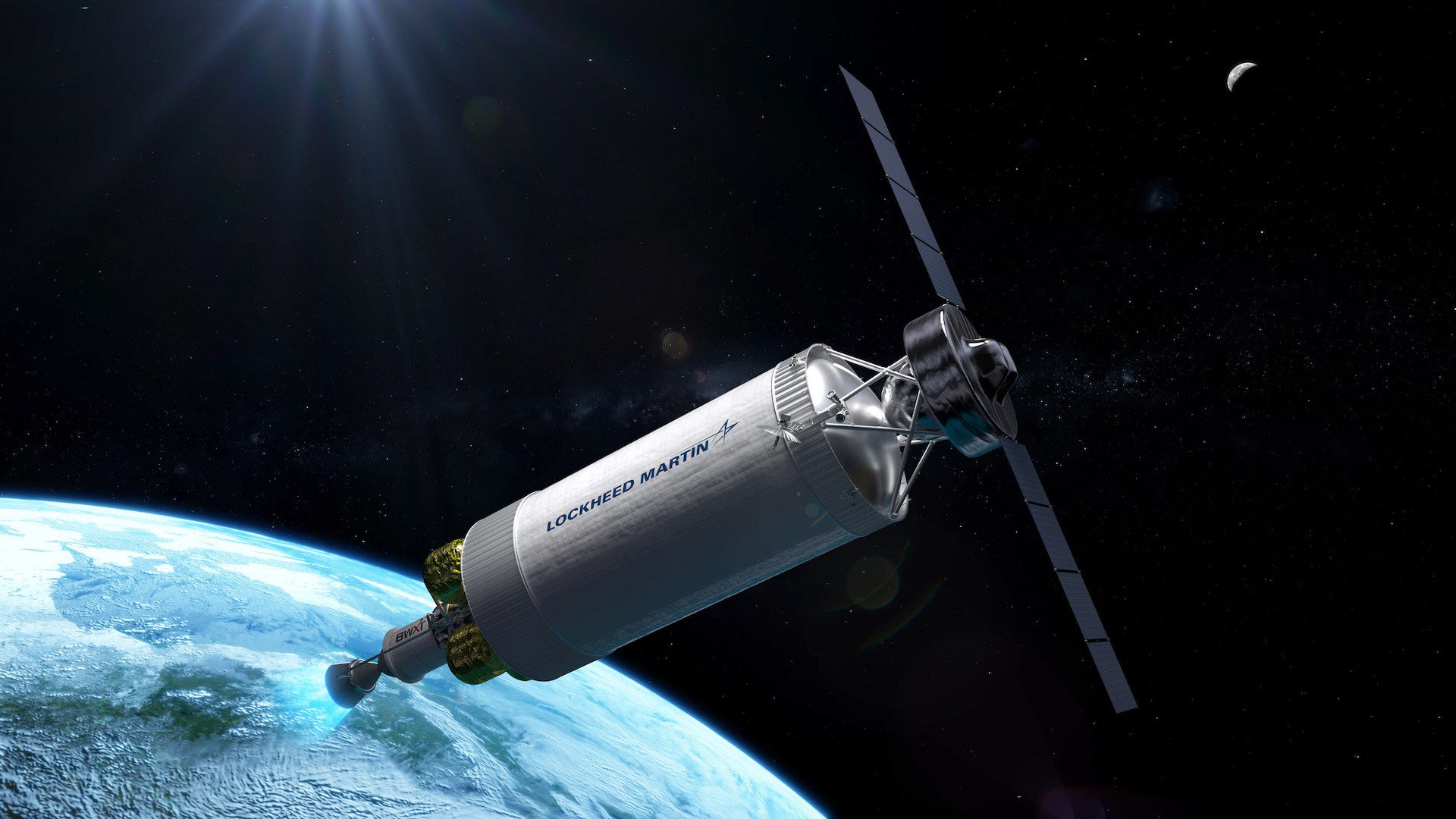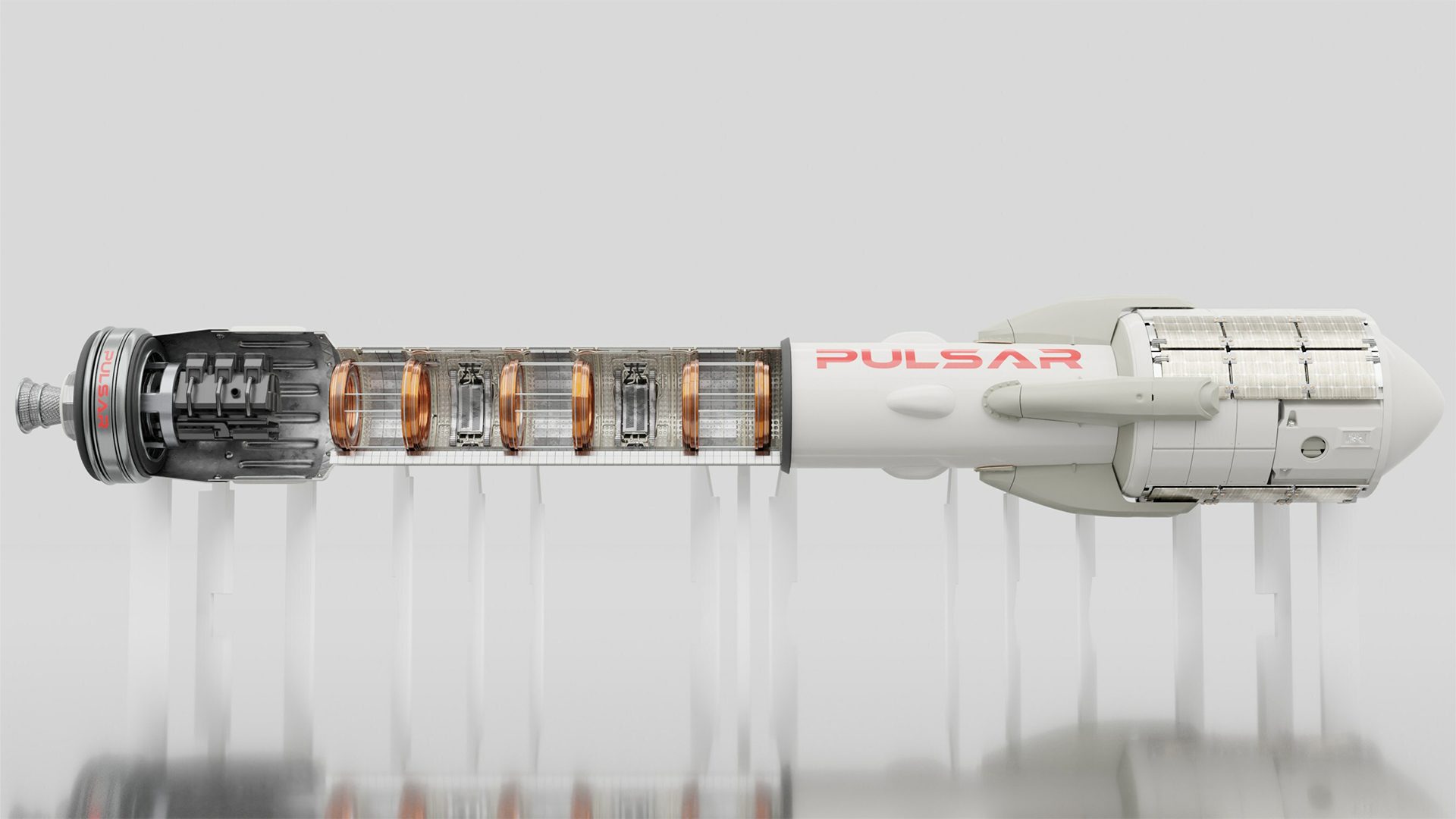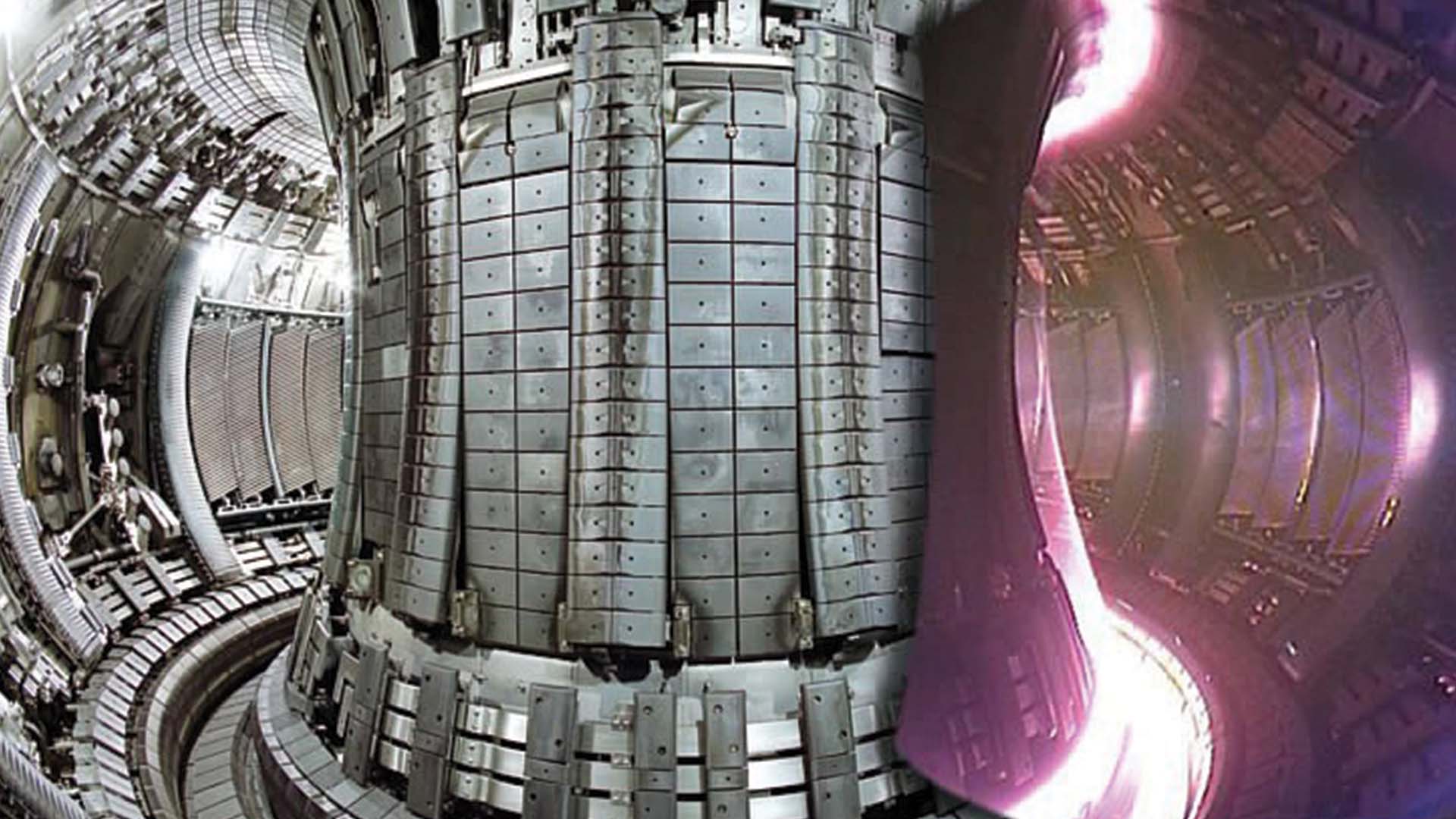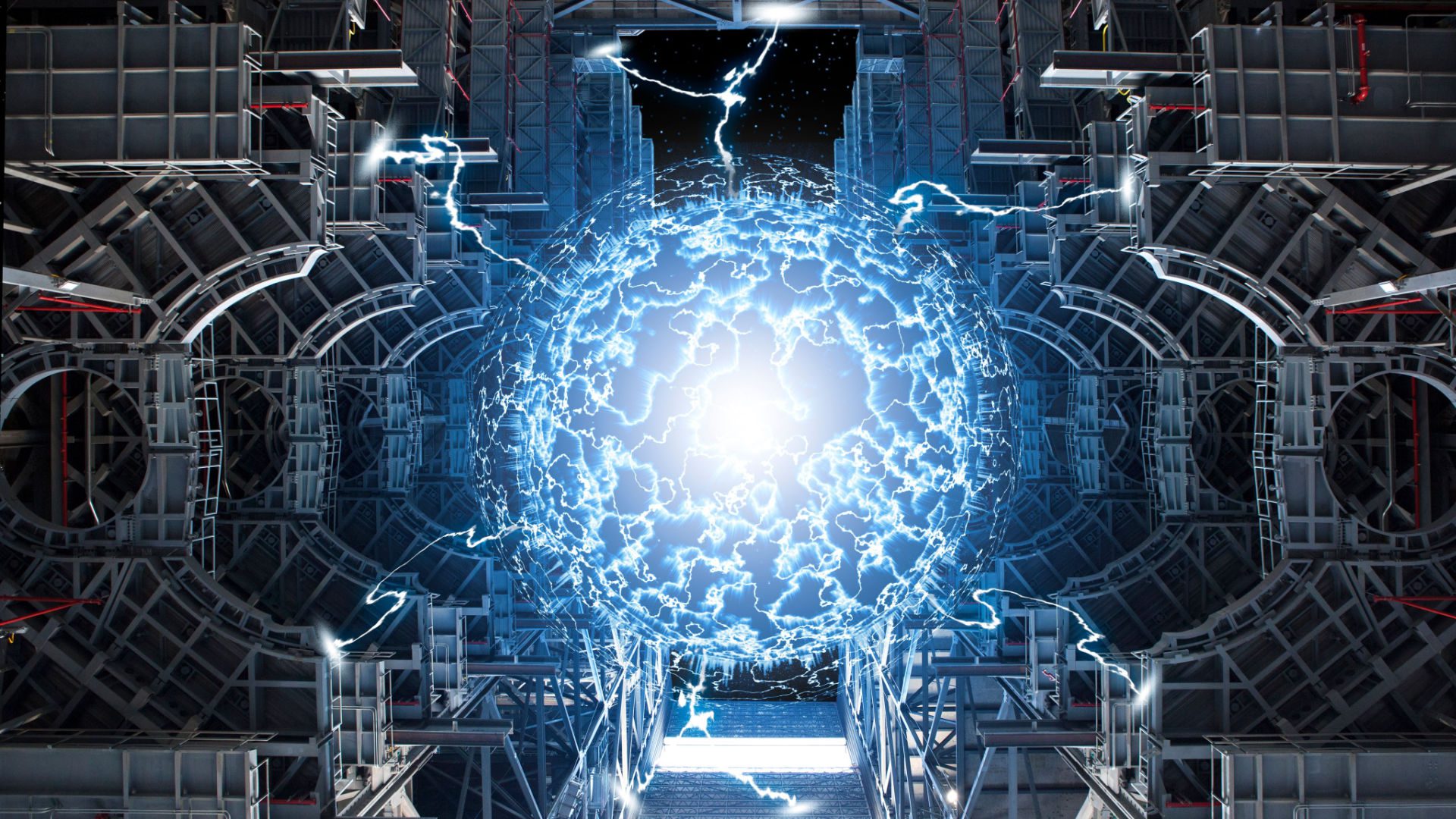Last week, the Defense Advanced Research Projects Agency and NASA announced that Lockheed Martin won a contract to design, build, and test a nuclear-powered spacecraft. The project represents a rapid advancement in propulsion technology to benefit exploration and national defense.
The DRACO Project
The $499 million program is named Demonstration Rocket for Agile Cislunar Operations, or DRACO. The rocket will be powered by a nuclear thermal propulsion engine, which uses a nuclear reactor to quickly heat hydrogen propellant to very high temperatures and then funnels that gas through the engine nozzle to create powerful thrust. The reactor would not be turned on until it reached space in order to minimize the possibility of a radioactive
According to Lockheed Martin, the fission-based reactor will use a special high-assay low-enriched uranium, or HALEU, to convert the cryogenic hydrogen into an extremely hot pressurized gas. Lockheed Martin has partnered with BWX Technologies to develop the nuclear reactor and produce the HALEU fuel. BWXT has been working to advance its nuclear thermal propulsion fuel and design in the past few years, which will be vital to the success of this project.
The DRACO project will culminate with a test flight of the nuclear-thermal engine no later than 2027. The demonstration spacecraft would most likely orbit at an altitude between 435 and 1,240 miles, which is high enough to ensure that it stays in orbit for more than 300 years, or long enough for radioactive elements in the reactor fuel to decay to safe levels.

Nuclear-Powered Rockets
For humans to travel to Mars, nuclear thermal propulsion engines are needed. A nuclear engine allows the spacecraft to travel faster and farther and significantly reduces propellant needs (current rocket engines would need more propellant than a spacecraft can carry). Reducing transit time limits a crew’s exposure to radiation, as well as enabling abort scenarios that are not possible with chemical propulsion systems.
As NASA explained, nuclear propulsion “…is a key capability on NASA’s road map to send astronauts to Mars. A nuclear-powered rocket would enable faster trips to the Red Planet, making missions less complex and safer for the crew. This type of engine requires significantly less propellant than chemical rockets, so missions would be able to carry additional scientific equipment.”
Lockheed Martin is one of many other companies developing a nuclear-powered rocket engine. Notably, last month UK space firm Pulsar Fusion announced that it had begun construction on the largest nuclear fusion rocket ever built. The eight-meter fusion chamber generates energy and creates a plasma of electrically charged particles. Those energetic particles will be converted into thrust by using a rotating magnetic field, which will produce exhaust speeds of over 500,000 miles per hour.
Check out Tomorrow’s World Today’s four-part exploration of nuclear energy HERE.







